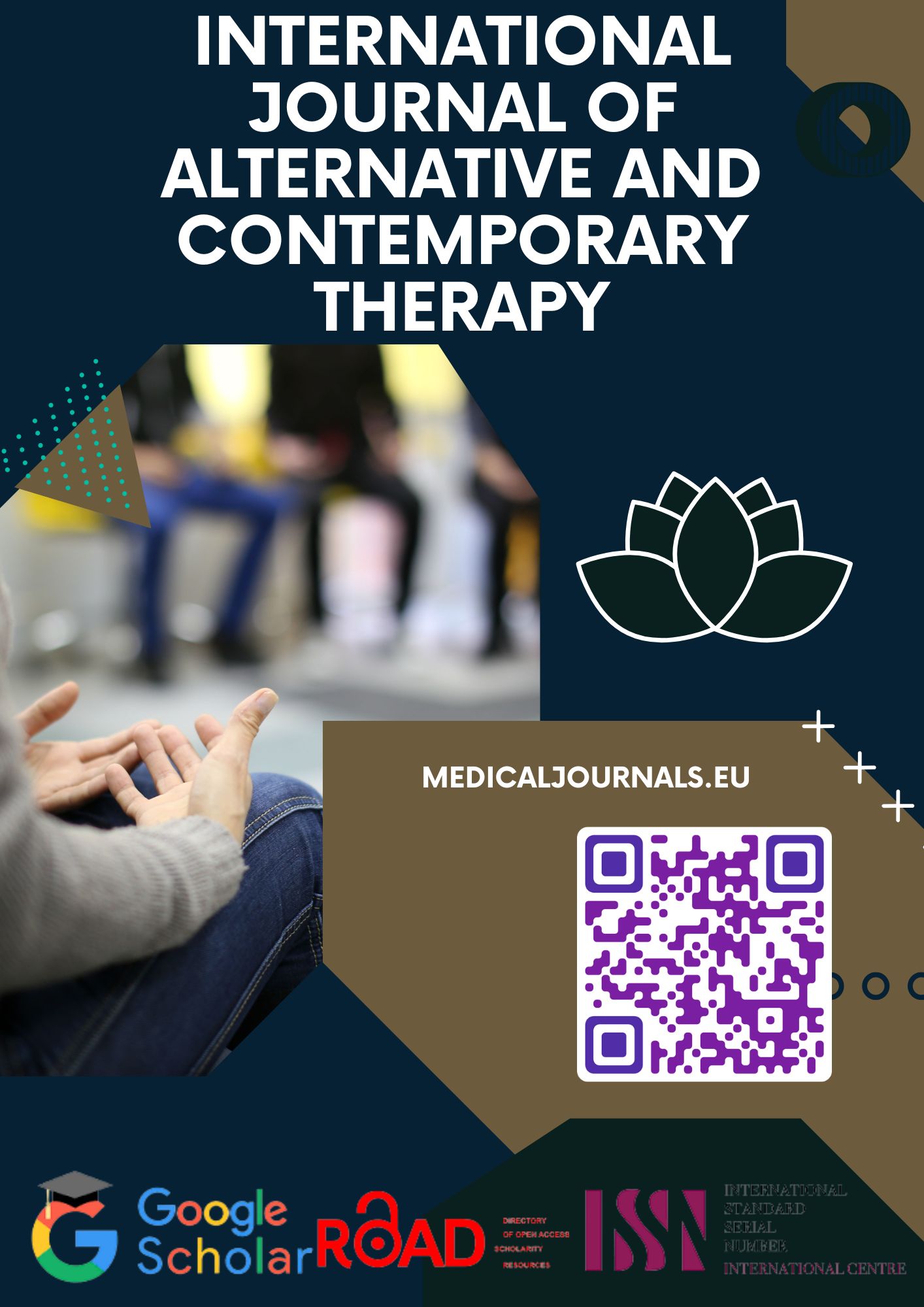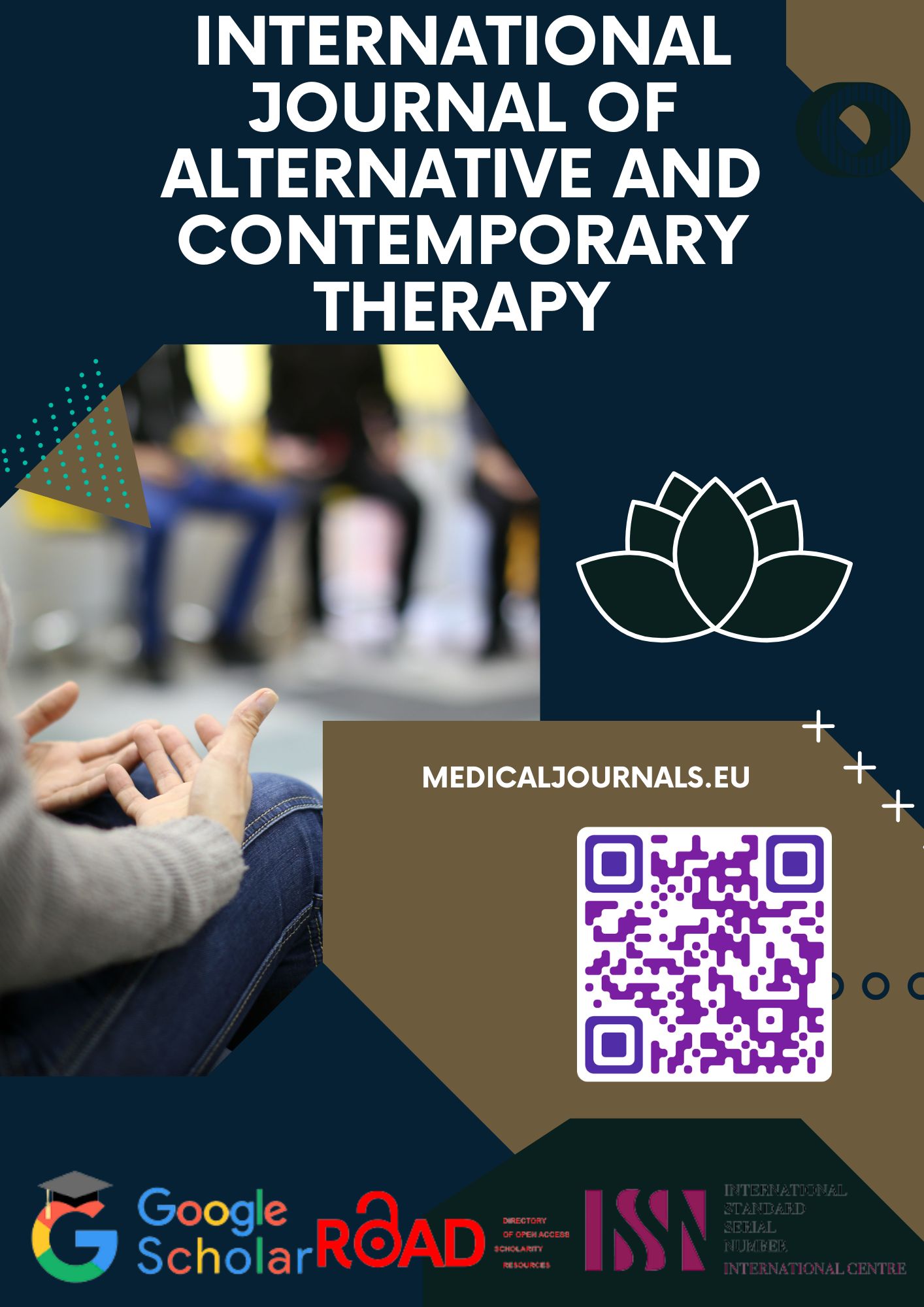The Impact of Regional Anesthesia on Open Heart Surgery: A Comprehensive Academic Assessment
Keywords:
Regional Anesthesia, Open Heart Surgery, Postoperative Pain, Recovery Time, General Health Quality of Life Questionnaire (QOL)Abstract
Background: Open heart surgery can be significantly impacted by regional anesthesia. By effectively lowering pain before and following surgery, regional anesthesia can lessen the need of systemic painkillers and the possible negative consequences of such drugs. Objective: The present article delineates the impact of regional anaesthesia on the surgical outcomes of patients who have undergone open heart surgery. Methods: According to the data obtained from different hospitals in Iraq during the period between January 2023 and January 2024, we revealed the pathological parameters of 72 samples that underwent open heart surgery under regional anaesthesia. A general questionnaire was conducted in order to evaluate the patient's general health and quality of life, as well as to determine the side effects of regional anaesthesia on patients after open heart surgery. Outcomes: The present study enrolled the outcomes of 72 patients, with males constituting 80.56% of the sample and females 19.44%. The data revealed that 55.56% of patients were smokers, with coronary artery disease (40 cases) and heart valve disease (32 cases) being the most prevalent causes. The prevailing symptoms were shortness of breath (80.56%) and chest pain (75.0%), indicating a significant prevalence of respiratory distress in the patient population. Postoperative complications were observed in 22.22% of patients, including low cardiac output in three cases, sternal wound infection in three patients, and stroke in three patients. The in-hospital mortality rate was 3.33%. The mean postoperative hospital stay was 9.12 ± 2.55 days. The physical function of the patients was measured using the Short Form 36 (SF-36) health survey, with a mean score of 30.24 ± 5.78 before surgery, 66.21 ± 8.41 after CABG, and 71.22 ± 6.39. Following HVS, the pain levels were recorded at 36.32 ± 8.33 before surgery, 74.19 ± 5.01 after CABG, and 67.07 ± 4.80 after HVS. Conclusion: Regional anaesthesia is a great way to stop pain after open heart surgery. This helps patients to get better more quickly and feel better.
References
Califf RM, Harell FE Jr, Lee KL, et al. The evolution of medical and surgical therapy for coronary artery disease: a 15-year perspective. JAMA 1989; 261:2077–86.
Blumenthal JA, Mark DB. Quality of life and recovery after cardiac surgery. Psychosom Med 1994; 56:213–5.
Caine N, Harrison SC, Sharples LD, Wallwork J. Prospective study of quality of life before and after coronary artery bypass grafting. BMJ 1991; 302:511–6.
Jenkins CD, Stanton BA, Jono RT. Quantifying and predicting recovery after heart surgery. Psychosom Med 1994;56: 203–12.
Chocron S, Etievent JP, Viel JF, et al. Prospective study of quality of life before and after open heart operations. Ann Thorac Surg 1996; 61:153–7.
Guyatt GH, Feeny DH, Patrick DL. Measuring health-related quality of life. Ann Intern Med 1993; 118:622–9.
Rumsfeld JS, MaWhinney S, McCarthy M Jr, et al. Health-related quality of life as a predictor of mortality following coronary artery bypass graft surgery. JAMA 1999; 281:1298 303.
Rumsfeld JS, Magid DJ, O’Brien M, et al. Changes in health-related quality of life following coronary artery bypass graft surgery. Ann Thorac Surg 2001; 72:2026–32.
Falcoz PE, Chocron S, Mercier M, et al. Comparison of the Nottingham Health Profile and the 36-item health survey questionnaires in cardiac surgery. Ann Thorac Surg 2002;73: 1222–8.
Ware JE Jr, Kosinski M, Bayliss MS, McHorney CA, Rogers WH, Raczeck A. Comparison of methods for the scoring and statistical analysis of SF36 health profile and summary measures. Med Care 1995;33(Suppl):AS264–79.
McHorney CA, Ware JE, Raczek AE. The MOS 36-item short-form health survey (SF36). II. Psychometric and clinical tests of validity in measuring physical and mental health constructs. Med Care 1993; 31:247–63.
McHorney CA, Ware JE, Lu JF, Sherbourne CD. The MOS36 item short form health survey (SF36). III. Tests of data quality, scaling assumptions, and reliability across diverse patient groups. Med Care 1994; 32:40–66.
Leple`ge A, Mesbah M, Marquis P. Analyse pre ´liminaire des proprie ´te´s psychome ´triques de la version francaise du SF36 dans le cadre du projet IQOLA. Rev Epidemiol Sante Pub lique 1995; 43:371–9.
Campeau L. Grading of angina pectoris. Circulation 1976;54: 522–3.
Parsonnet V, Dean D, Bernstein AD. A method of uniform stratification of risk for evaluating the results of surgery in acquired heart disease. Circulation 1989;79 (Suppl 1):3–12.
Nashef SA, Roques F, Michel P, Gauducheau E, Lemeshow S, Salamon R. European system for cardiac operative risk evaluation (EuroSCORE). Eur J Cardiothorac Surg 1999;16: 9–13. 2003; 76:1598–604
SF36 Scoring Rules (version 1.1). Boston, MA: New England Medical Center Hospitals, Inc, 1991.
Grunkemeier GL, Jin R. Receiver operating characteristic curve analysis of clinical risk models. Ann Thorac Surg 2001; 72:323–6.
Bouchet C, Guillemin F, Paul-Dauphin A, Brianc ¸on S. Selection of quality-of-life measures for a prevention trial: a psychometric analysis. Control Clin Trials 2000;21: 30–43.
Fruitman DS, McDougall CE, Ross DB. Cardiac surgery in octogenarians: can elderly patients benefit? Quality of life after cardiac surgery. Ann Thorac Surg 1999; 68:2129–35.
Goldsmith I, Lip GYH, Kaukuntla H, Patel RL. Hospital morbidity and mortality and changes in quality of life following mitral valve surgery in the elderly. J Heart Valve Dis 1999; 8:702–7.
Chocron S, Tatou E, Schjoth B, et al. Perceived health status in patients over 70 before and after open-heart operations. Age Ageing 2000; 29:329–34.
Stoll C, Schelling G, Goetz AE, et al. Health-related quality of life and post-traumatic stress disorder in patients after cardiac surgery and intensive care treatment. J Thorac Cardiovasc Surg 2000; 120:505–12.
Vanderzee KI, Sanderman R, Heyink J. A comparison of two multidimensional measures of health status: the Notting hamHealth Profile and the Rand 36-Item Health Survey 1.0. Quality Life Res 1996; 5:165–74.
Chocron S, Etievent JPh, Viel JF, et al. Preoperative quality of life as a predictive factor of 3-year survival after open heart operations. Ann Thorac Surg 2000; 69:722–7.








